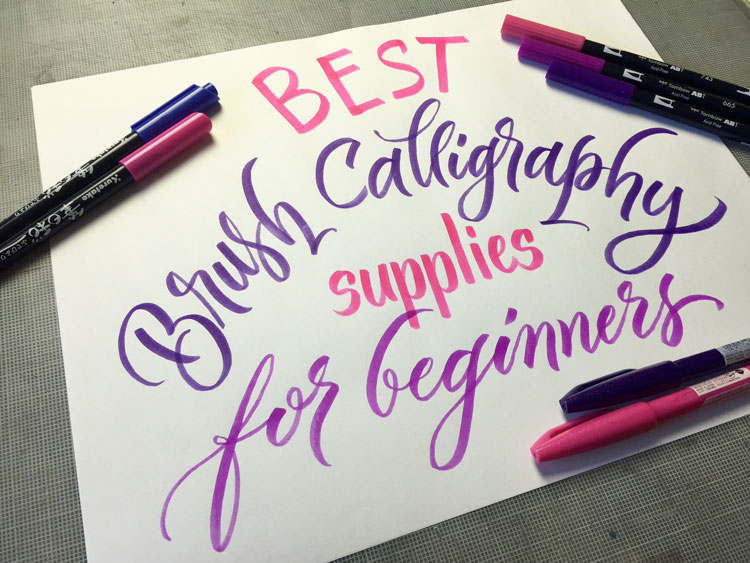 Wondering what supplies you’ll need to get started with brush calligraphy? The good news is, the necessary supplies are pretty minimal.
Wondering what supplies you’ll need to get started with brush calligraphy? The good news is, the necessary supplies are pretty minimal.
All you really need are two things: pens and paper. Really!
In fact, here’s the TL;DR version of this post (all links in this post are affiliate links, btw):
My Favorite Brush Marker Calligraphy Pens
- For large writing: Tombow Dual Brush Pens
- For medium-large writing: Kuretake Pocket Color Brush Pens
- For small writing: Pentel Fude Touch Sign Pens
My Favorite Paper for Brush Marker Calligraphy
Any of the following:
- Rhodia Pads (blank, dot, lined, or graph)
- Borden & Riley Boris Layout Paper
- Canson Pro Layout Marker Paper
- Strathmore 400 Layout Bond Paper
- Strathmore 500 Marker Paper
Add in just a couple of other inexpensive and easy-to-obtain items to make life easier (guidelines and Scotch Removable Tape), and you’ve got all you’ll need to keep you busy — and develop your skills — for a long time.
These are the supplies that I provide my students with when I teach in-person brush calligraphy workshops, because I’ve used them myself with great results. I know my students will experience the least amount of frustration possible if they stick with these materials.
Once you’ve got some basic chops under your belt, then you can expand out and experiment with other materials, like real bristle brushes!
So that was the TL;DR version. Read on for more detail about these brush calligraphy supplies, and why I like them…
Brush Calligraphy… with Markers??
First, I should be clear, that what I’m talking about here is brush marker calligraphy.
There is a big difference between true brush calligraphy, and brush marker calligraphy.
Brush markers are designed to mimic the effects that you can get with a pointed brush, but the tool is not actually a brush. In fact, the tip is a solid, conical piece of fiber or felt, which ends in a point, as shown here:

True brush calligraphy (or to be more specific, pointed brush calligraphy*) is done with a real brush. The kind with bristles, like these:
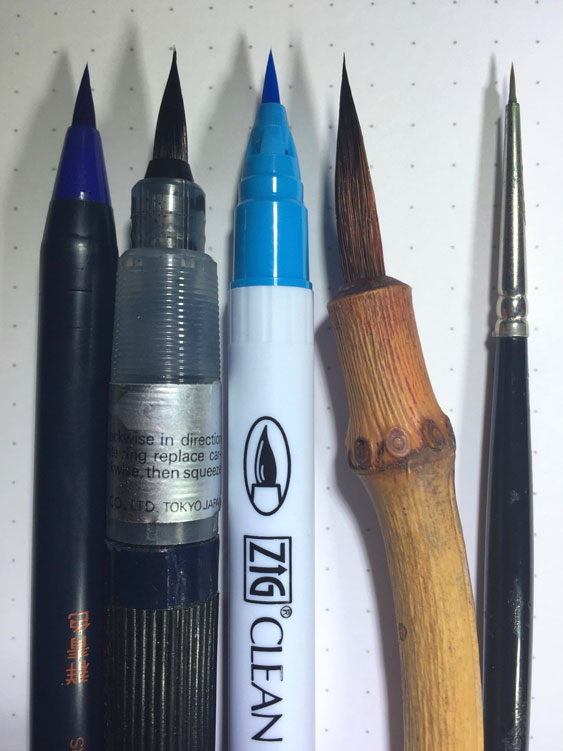
I recommend that beginning calligraphers start off with brush markers, because they are so much easier to control than real pointed brushes.
There are some fabulous pens with real brush tips, and I include a few of my favorites at the bottom of this article, but for starting out, markers will really decrease your frustration level! If you’ve got some extra cash to throw around, though, knock yourself out — real brushes can be super fun to play with.
And here’s the cool thing: my brush calligraphy guides, and all of the brush calligraphy articles that I share here, also apply to (true) (pointed*) brush calligraphy!
Now let’s dig into those favorite brush (marker) calligraphy supplies!
My Favorite Brush Marker Calligraphy Pens for Beginners
For large writing: Tombow Dual Brush Pens
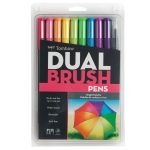 I love Tombow Dual Brush Pens! They’re flexible, relatively easy to control, and come in a wide range of colors.
I love Tombow Dual Brush Pens! They’re flexible, relatively easy to control, and come in a wide range of colors.
I think it’s easier to get a sense of the shapes of the letters when you write larger, so I’m especially fond of Tombow Dual Brush Pens for beginners. I start my students off large (but still small enough to be able to control), then move them down to smaller sizes as they gain more skill.
As with many pens, they’re most economical when you buy a set of ten, plus it’s more fun to have so many colors!
Writing Size: My 1/2″ free guidelines work great with these markers.
Bonus: these water-based pens have a monoline fine tip on the other side, which is nifty, plus they also allow for some fun effects, like color blending, as demonstrated in this video on my @calligraphyhowto Instagram account:
Tombow Dual Brush Pens come packaged in a variety of color sets, including Bright, Primary, Secondary, Muted, plus Portrait and Landscape.
Although the sets each contain ten pens (9 colors plus a blending pen), prices vary quite a lot between sets (from $15.57 to $23.80 on Amazon when I last checked), so keep that in mind! Or if you’re feeling flush, grab a full set of 96, complete with stand! 🙂
For medium writing: Kuretake Pocket Color Brush Pens
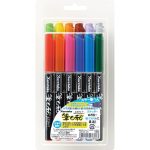 These are a new addition to my own toolkit, and I love them! They are similar in feel and response to the Tombow Dual Brush Pens, but shorter (easier to pack in a pocket or purse!), and with a smaller tip.
These are a new addition to my own toolkit, and I love them! They are similar in feel and response to the Tombow Dual Brush Pens, but shorter (easier to pack in a pocket or purse!), and with a smaller tip.
Writing Size: My 3/8″ or 7/16″ free guidelines both work great with these markers.
Here’s an example of the lavender Kuretake Pocket Color Brush at work:
For small writing: Pentel Fude “Touch” Sign Pens
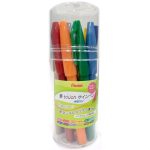 IMPORTANT: be sure you’re getting the “Touch” pen, NOT the Felt Tip Sign Pen!
IMPORTANT: be sure you’re getting the “Touch” pen, NOT the Felt Tip Sign Pen!
I only recently discovered Pentel Fude “Touch” Sign pens, and I am in love with them! The tip is much smaller and shorter than both the Tombow Dual Brush Pen and the Kuretake Pocket Color Brush pen, which makes them a better choice for smaller lettering.
Writing Size: My 1/4″ guidelines work great with these markers.
Here’s an example of one of these pens at work:
Again, there are dozens of other brush markers on the market, but these are brands that I’ve used personally, and can recommend to beginners (or anyone!).
My Favorite Brush Marker Calligraphy Paper
You don’t need fancy paper — any smooth printer paper will work.
For practicing, I prefer paper that’s lightweight and translucent enough to see guidelines through (see below for more on that), which all of the papers here are.
These are some of my favorites:
Letter-Sized (Or Smaller) Paper:
Rhodia Pad 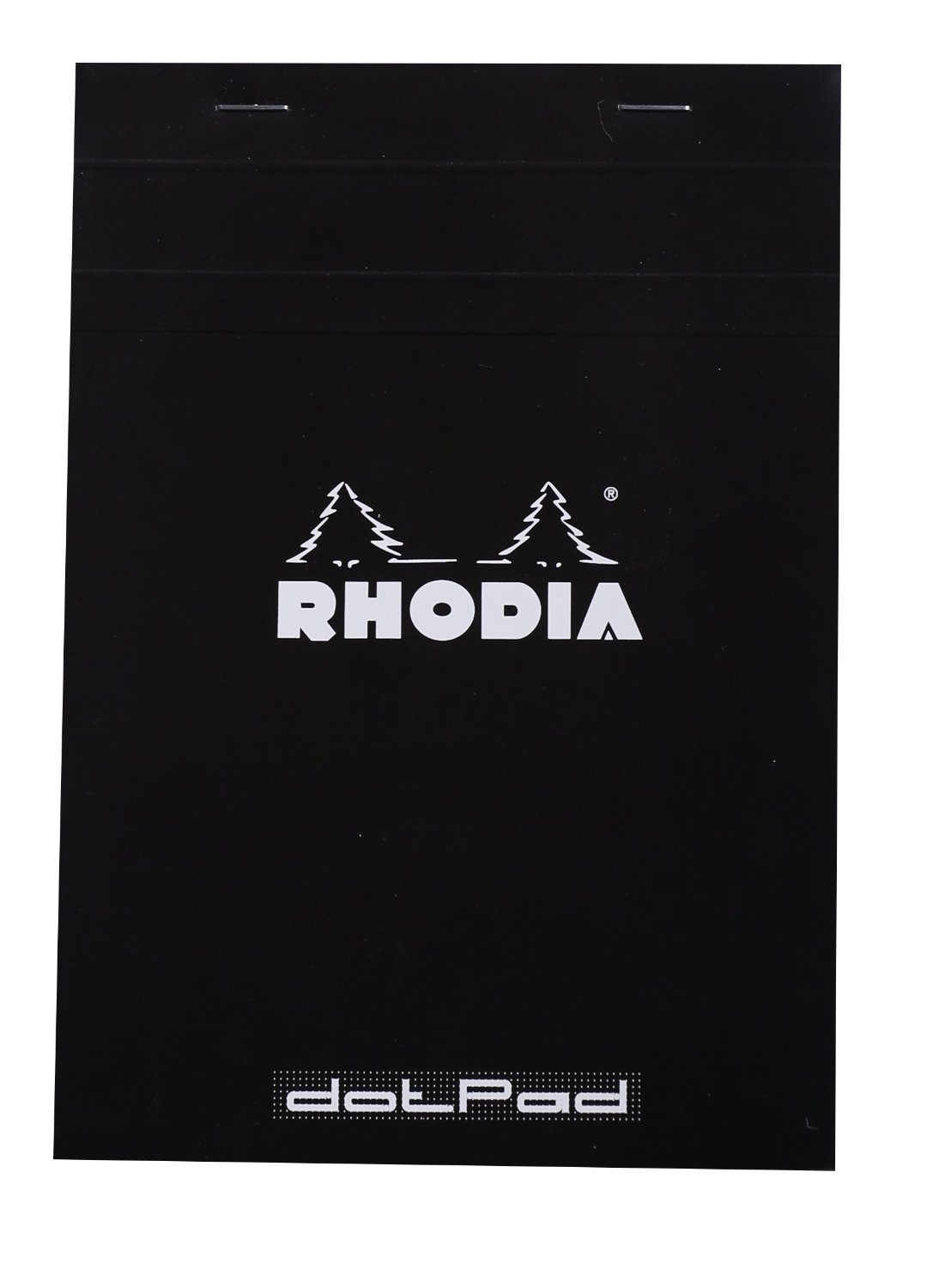 This is also a newer find for me, and I am in love!
This is also a newer find for me, and I am in love!
Rhodia pads are super smooth, which makes them a delight for calligraphy.
(Rough paper has its place, too, don’t get me wrong. I LOVE lettering on rough paper — the textures you can get are amazing! But to learn to create even, consistent strokes, nothing beats smooth paper.)
Rhodia pads are a little thicker than the other marker pads I’ve listed below, but still translucent enough to see guidelines through. Highly recommended!
I suggest getting the largest, 8.25 x 11.75 inch size, for maximum room to write, though smaller sizes are also available.
One of the cool things about these pads is that they’re available with blank, dotted, lined, or graph paper. You can’t go wrong with blank, but the others are fun additions — I especially love the dot paper!
Larger Paper Pads:
Most “marker” or “layout” papers will work. I’ve used all of the following, and they all get the job done.
Whichever one you can find for the best price will be fine.
Marker/layout paper pads come in a variety of sizes, from as small as 6″x8″ to as large as 19″x24″. Too small, and there’s not enough space to practice more than one word at at time. Too big and it gets unwieldy.
I like the 11″x14″ size, because it gives me lots of room to practice, and my Rhodia pads already cover the letter size.
Other Useful Supplies
Guidelines
In order to get your letters as consistent as possible, you’ll want to use guidelines. 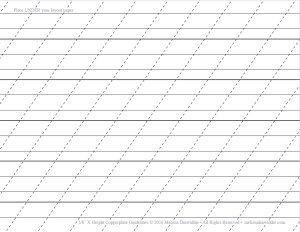
At minimum, your guidelines should indicate the line your letters sit on (the baseline), and the “ceiling” line for your short, lower-case letters (the waistline).
I like to also include the ascender and descender lines, and the slant line, indicating how much your letters slant or lean forward.
You can draw your own guidelines with a pencil or pen, a ruler or T-square, and a protractor, for determining the slant angle. However, I don’t know about you, but I’d rather spend my time lettering than drawing lines, so I like to use reusable guidelines that go underneath my paper.
Scotch Removable Tape
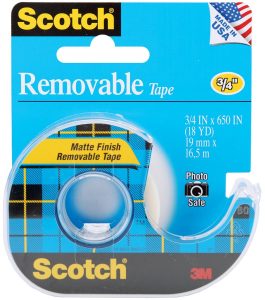 “What the heck is the tape for?” you may be wondering.
“What the heck is the tape for?” you may be wondering.
Simple: to attach your practice paper to your guidelines, so they don’t shift around while you write!
You could use painters’ masking tape or white artists’ tape, or even sticky notes for this, too, but I’ve found the Scotch Removable Tape the most convenient and least likely to damage my paper when I pull it off.
Plus, it’s reusable! My drafting table usually has some already-used strips of Scotch Removable Tape dangling from the edge, ready to grab and use again.
BONUS: My Favorite Real Brush Pens for Calligraphy
As I mentioned above, brush markers are a lot easier to control than real brushes with bristles, so if you’re just starting out, take my advice and start with brush markers first.
That said, real brushes are so much fun! And the good news is that nowadays there are lots of real brush pens on the market.
Brush pens are different from plain, old brushes, because they have ink stored inside of them. No need to buy paint, or mix it. No clean-up afterwards.
No mess, no fuss!
Plus brush pens are wonderfully portable, just like markers. Pop one in your handbag and you can play with your brush lettering on the go!
(Just be advised that the ink inside brush pens may not be lightfast. This goes for markers, too. Be wary of using these tools for artwork you intend to hang on the wall, as you may find your letters fading away with time…)
Here are a few brush pens that I’ve tried myself and can highly recommend.
- For large writing: Pentel Color Brush (individual black pen, set of all 18 colors)
- For medium to small writing: Akashiya Sai Watercolor Brush Pen
- For medium to small writing: Kuretake Fude Real Brush Pen (aka Zig Clean Color) (12-color set, 24-color set, 36-color set, 48-color set, 80-color set
These brush pens each have their own feel. I find writing with them is a bit like forming a relationship with a new person in your life. You have to interact with them to discover their quirks and personality, and once you do, you can make beautiful metaphorical music together. 🙂
Here’s a short clip of me lettering with the Akayisha Sai Watercolor Brush Pen. You can’t do THIS with a marker:
Again, writing with these guys is VERY different from writing with brush markers! If you’re up for the challenge, keep an open mind, play around with them to see what they naturally want/don’t want to do, and have fun!
Summary
To recap, your supply needs to get started with brush calligraphy are minimal: some marker pens and paper, plus some guidelines and removable tape will keep you happily in letters for a long, long time.
Now go get creating and have fun!

PS — Pssst! Know someone who might benefit from seeing this today? Pass it on!
* There is also flat brush calligraphy, which is a completely different animal. Where pointed brush calligraphy can mimic the kinds of lines that you can get from a pointed pen, flat brush calligraphy creates lines similar to what you can get with a broad-edge pen. Confused yet? That’s just the tip of the iceberg of the tools and possibilities! The world of calligraphy is wide!

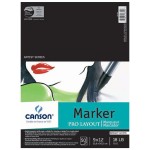
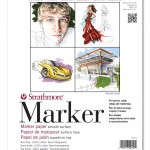
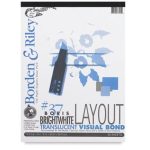

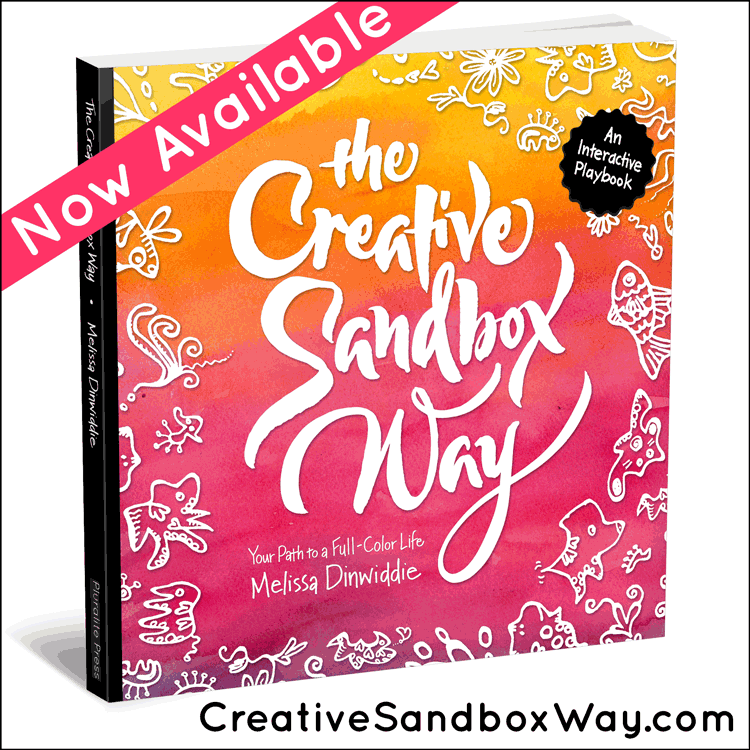

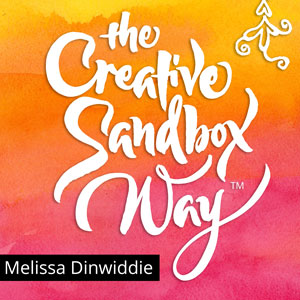

Leave a Reply